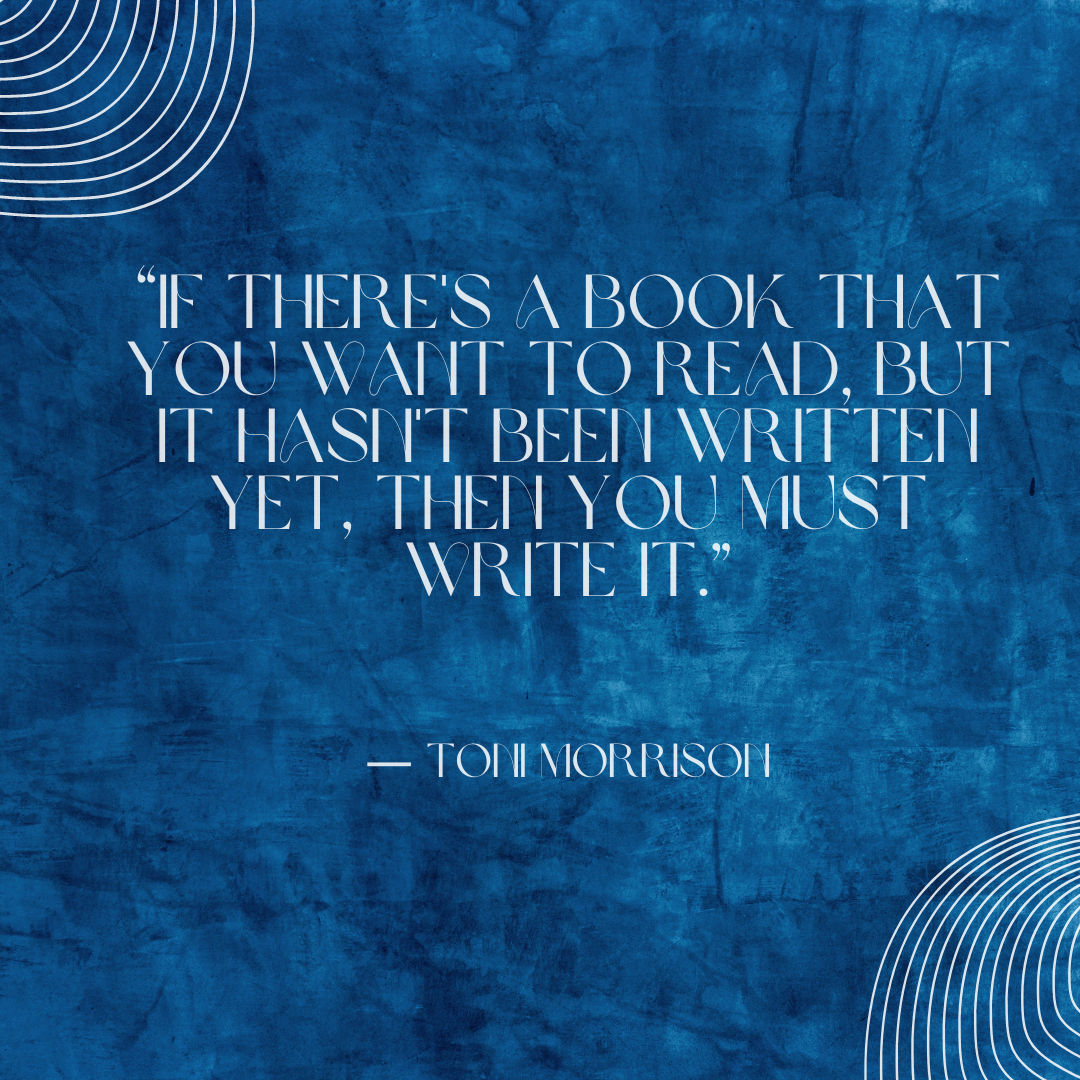To celebrate the launch of Kingston Writers Club at Parade’s End, here’s a selection of books by much loved authors, written for the budding writers out there.
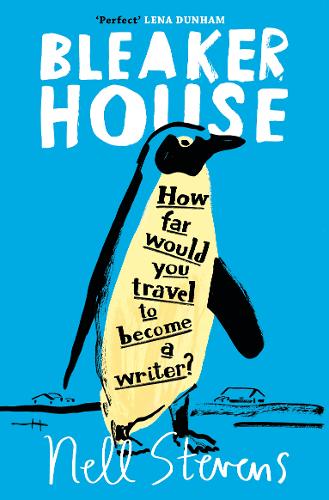
How far would you travel to become a writer?
8000 miles from home
1085 calories a day
3 months to write the novel that would make her name
At least that was the plan. But when Nell Stevens travelled to Bleaker Island in the Falklands (official population: two) she didn’t count on the isolation getting to her . . .
Hilarious and heartbreaking, this is a book about loneliness and creativity. It is about discovering who you are when there’s no one else around. And it’s about what to do when a plan doesn’t work: ultimately Nell may have failed to write a novel, but she succeeded in becoming a writer.
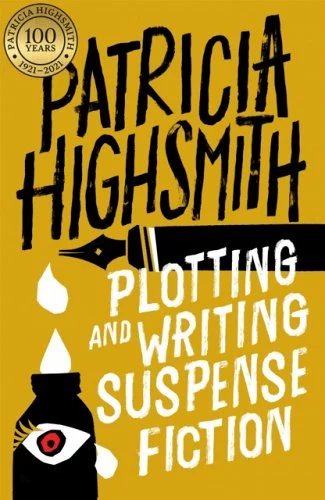
Plotting and Writing Suspense Fiction by Patricia Highsmith
Named by The Times as the all-time number one crime writer, Patricia Highsmith was an author who broke new ground and defied genre clichés with novels such as The Talented Mr Ripley and Strangers on a Train.
In the classic creative writing guide Plotting and Writing Suspense Fiction, Highsmith reveals her secrets for producing world-class crime and thriller.
From imaginative tips for generating ideas to useful ways of turning them into stunning stories.
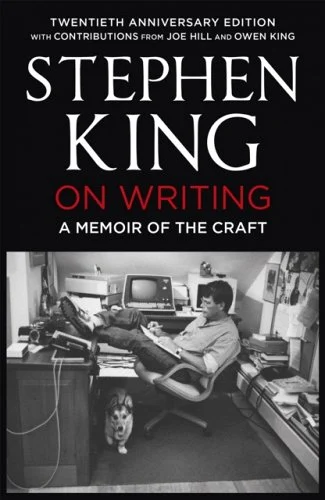
Part memoir, part masterclass by one of the bestselling authors of all time, this superb volume is a revealing and practical view of the writer’s craft, comprising the basic tools of the trade every writer must have.
King’s advice is grounded in his vivid memories from childhood through his emergence as a writer, from his struggling early career to his widely reported, near-fatal accident in 1999 – and how the inextricable link between writing and living spurred his recovery.
Immensely helpful and illuminating to any aspiring writer, this special edition of Stephen King’s critically lauded, million-copy bestseller shares the experiences, habits, and convictions that have shaped him and his work.
Brilliantly structured, friendly and inspiring, On Writing will empower and entertain everyone who reads it – fans, writers, and anyone who loves a great story well told.
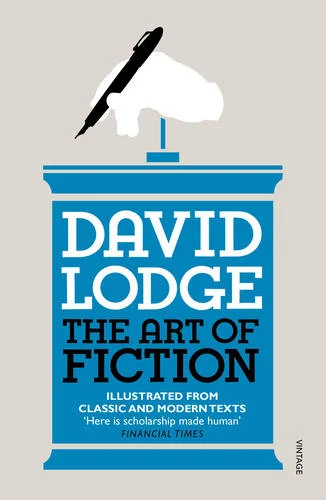
The Art of Fiction by David Lodge
In this entertaining and enlightening collection David Lodge considers the art of fiction under a wide range of headings, drawing on writers as diverse as Henry James, Martin Amis, Jane Austen and James Joyce.
Looking at ideas such as the Intrusive Author, Suspense, the Epistolary Novel, Magic Realism and Symbolism, and illustrating each topic with a passage taken from a classic or modern novel, David Lodge makes the richness and variety of British and American fiction accessible to the general reader.
He provides essential reading for students, aspiring writers and anyone who wants to understand how fiction works.
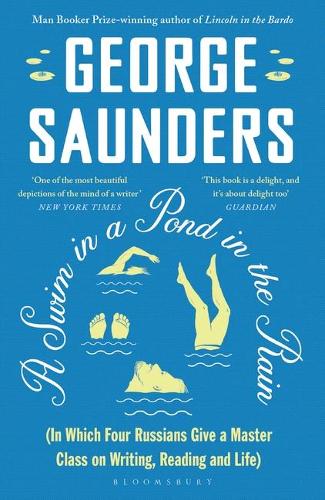
A Swim in a Pond in the Sea by George Saunders
For the last twenty years, George Saunders has been teaching a class on the Russian short story to his MFA students at Syracuse University. In A Swim in a Pond in the Rain, he shares a version of that class with us, offering some of what he and his students have discovered together over the years. Paired with iconic short stories by Chekhov, Turgenev, Tolstoy, and Gogol, the seven essays in this book are intended for anyone interested in how fiction works and why it’s more relevant than ever in these turbulent times.
In his introduction, Saunders writes, “We’re going to enter seven fastidiously constructed scale models of the world, made for a specific purpose that our time maybe doesn’t fully endorse but that these writers accepted implicitly as the aim of art—namely, to ask the big questions, questions like, How are we supposed to be living down here? What were we put here to accomplish? What should we value? What is truth, anyway, and how might we recognize it?” He approaches the stories technically yet accessibly, and through them explains how narrative functions; why we stay immersed in a story and why we resist it; and the bedrock virtues a writer must foster. The process of writing, Saunders reminds us, is a technical craft, but also a way of training oneself to see the world with new openness and curiosity. A Swim in a Pond in the Rain is a deep exploration not just of how great writing works but of how the mind itself works while reading, and of how the reading and writing of stories make genuine connection possible.

